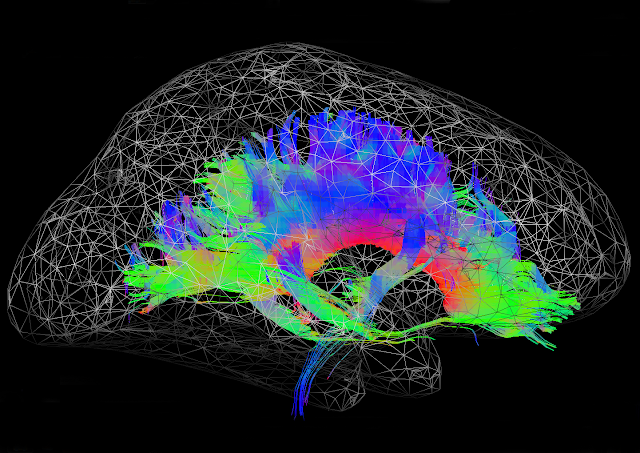Welcome to the Parkour & Performing Arts Center Official Blog! Here we discuss and explore the industry of movement arts, fitness, and nutrition.
Sunday, September 3, 2017
Build Myelin. Build Skill.
Myelin is a fatty white substance (also known as ‘white matter’) in our nervous system. Myelin insulates the nerves and permits the rapid and more efficient transmission of nerve impulses. When we build skills using repetition and mental practice, additional myelin is developed and wraps around these connections, increasing the accuracy and speed of our skills.
Daniel Coyle, author of The Talent Code, talks about three simple facts:
“Every human movement, thought, or feeling is a precisely timed electric signal traveling through a chain of neurons."
"Myelin is the insulation that wraps these nerve fibers and increases signal strength, speed, and accuracy."
"The more we fire a particular circuit, the more myelin optimizes that circuit, and the stronger, faster, and more fluent our movements and thoughts become.”
We generate myelin faster when we are younger, but we keep developing it through our lives. It is never too late to learn anything as long as you practice in the right way and with the necessary motivation.
Coyle traveled around the world studying the different schools and academies that produce the highest number of talented people in the world. From musicians to athletes, including mathematicians, he discovered practically the same patterns of learning in all of these centers. He claims that the best way of learning, of developing myelin, is through “Deep practice."
Coyle's work also brings to light the importance of physical AND mental practice.
Visualization is an often-taught mental rehearsal technique in sports. It is an extremely powerful tool and numerous studies have been done to test this. You may have heard of this basketball study or a different one with similar results.
A study conducted at the University of Chicago was done where people were split into three groups and tested on how many free throws they could make.
The three experimental groups received either mental practice (Group 1), physical practice (Group 2), or a combination of mental and physical practice (Group 3). The fourth group was the control group and they watched a video that was not related to free throw shooting.
Conclusion: A combination of physical and mental practice produced the greatest amount of improvement with physical practice as second best and mental practice as third best.
Read the Study HERE
Subscribe to:
Post Comments (Atom)


No comments:
Post a Comment